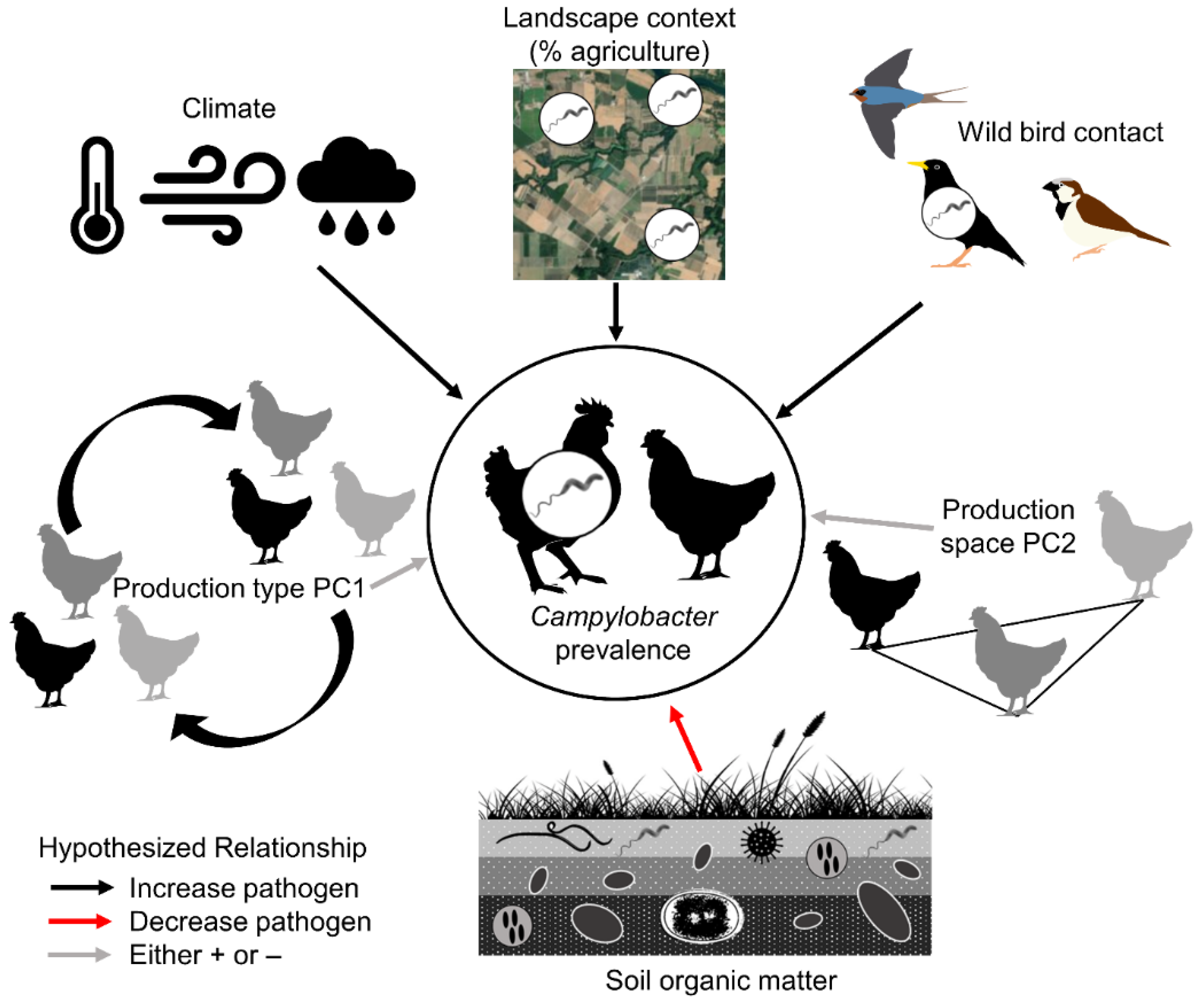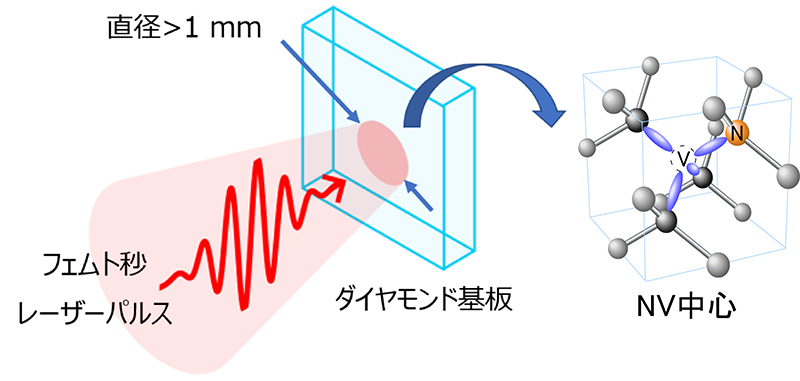2023-03-14 ローレンスリバモア国立研究所(LLNL)
研究チームは、カーボンナノチューブのポリンに入れたカリウムイオンを使ってこの理論を検証し、細孔内の強い空間閉じ込めがイオン拡散を妨げるが、電気泳動移動度にはほとんど影響しないことを発見しました。この研究は、エネルギー省のCenter for Enhanced Nanofluidic Transportの助成を受けて行われ、学術誌「Nature Nanotechnology」に掲載されました。
<関連情報>
- https://www.llnl.gov/news/breaking-it-down-carbon-nanotube-style
- https://www.nature.com/articles/s41565-022-01276-0
カーボンナノチューブポリンにおけるネルンスト-アインシュタイン関係の破たん Breakdown of the Nernst–Einstein relation in carbon nanotube porins
Zhongwu Li,Rahul Prasanna Misra,Yuhao Li,Yun-Chiao Yao,Sidi Zhao,Yuliang Zhang,Yunfei Chen,Daniel Blankschtein & Aleksandr Noy
Nature Nanotechnology Published:30 December 2022
DOI:https://doi.org/10.1038/s41565-022-01276-0

Abstract
For over 100 years, the Nernst–Einstein relation has linked a charged particle’s electrophoretic mobility and diffusion coefficient. Here we report experimental measurements of diffusion and electromigration of K+ ions in narrow 0.8-nm-diameter single-walled carbon nanotube porins (CNTPs) and demonstrate that the Nernst–Einstein relation in these channels breaks down by more than three orders of magnitude. Molecular dynamics simulations using polarizable force fields show that K+ ion diffusion in CNTPs in the presence of a single-file water chain is three orders of magnitude slower than bulk diffusion. Intriguingly, the simulations also reveal a disintegration of the water chain upon application of electric fields, resulting in the formation of distinct K+–water clusters, which then traverse the CNTP at high velocity. Finally, we show that although individual ion–water clusters still obey the Nernst–Einstein relation, the overall relation breaks down because of two distinct mechanisms for ion diffusion and electromigration.



